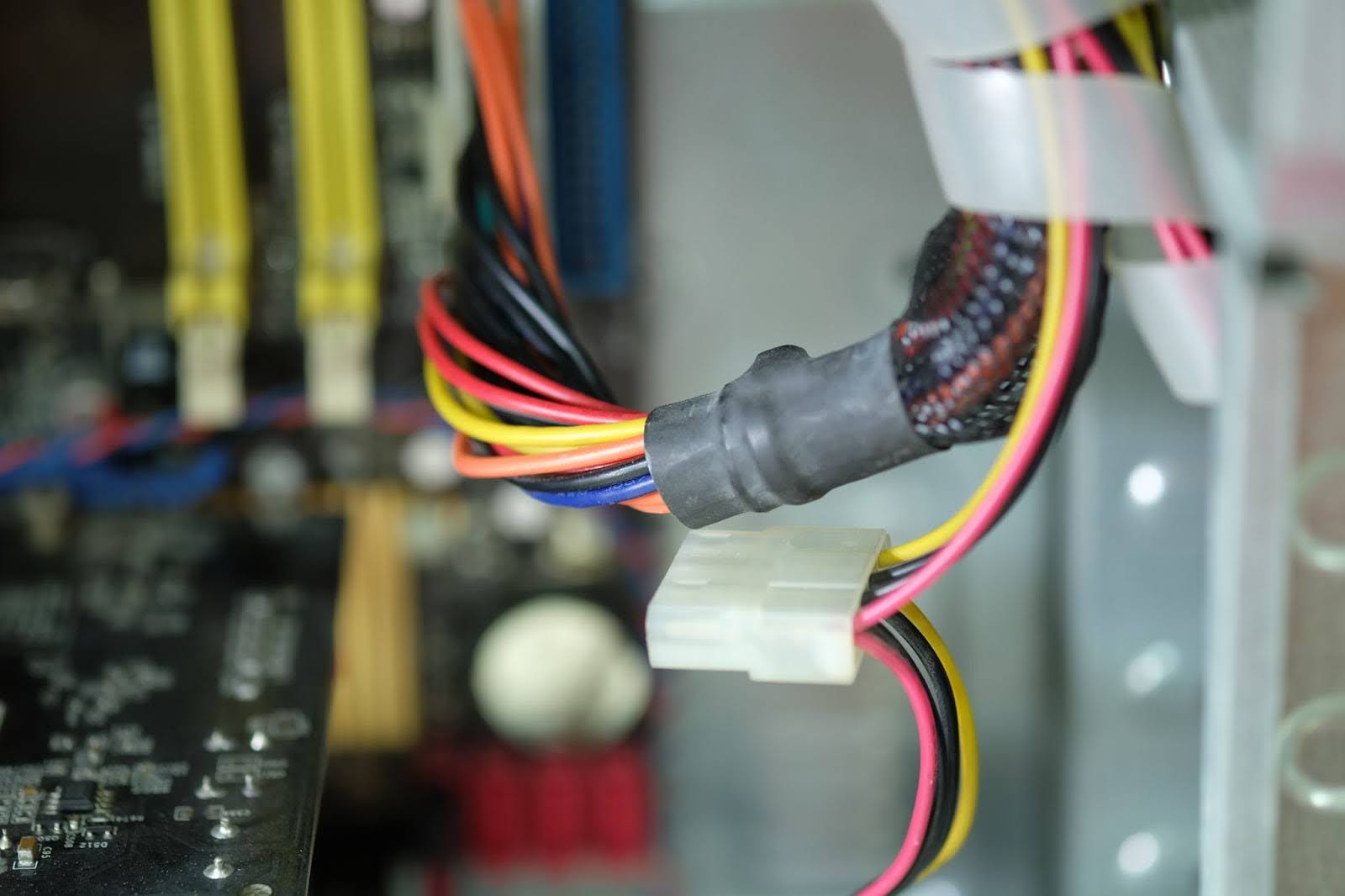6 Common Mistakes to Avoid During Cabling Installation
Installation of cabling plays a significant role in the development of a sound network or electrical system. Whether it’s for an office, home, or industrial setting, proper cabling ensures safety, efficiency, and long-term functionality. Nonetheless, errors in installation may result in expensive repairs, downtimes, or even risk.
It is possible to avoid issues and make the installation process as successful as possible by knowing the most frequent mistakes. These are five common errors to stay away from when installing cables.
1. Poor Planning and Layout
Among the most frequent errors is the inability to plan the layout in cabling installation. Failure to consider the placement of devices, outlets, or equipment may lead to disorganized cables and ineffective routing.
A carefully planned plan can guarantee that cables are ordered, are accessible, and are long enough to reach their destinations. It is also ideal in minimizing the clutter and can be expanded or modified in the future without doing any significant rewiring.
2. Using Low-Quality or Incorrect Cables
Poor choice of cable may affect performance. Indicatively, networks may slow down due to the installation of cables that cannot support the amount of bandwidth or electrical power needed or result in overheating.
Equally, poor cables can deteriorate more quickly, resulting in their constant breakdowns. Proper quality and appropriate cables guarantee the durability, reliability, and best performance.
3. Ignoring Proper Labeling
Unlabeled or improperly labeled cables may cause confusion in maintenance or troubleshooting. Technicians can have issues with determining what cable belongs to what device, which causes mistakes or delays.
Correct labeling will help in future repairs, upgrading, or expansion. It also assists in avoiding unintentional disconnects and lessens downtime in the event of problems.
4. Neglecting Cable Management
Tangled and twisted or unsupported cables may lead to signal interference, wear, and even safety hazards. Most installations lack cable trays, ties, and protection conduits, leading to untidy systems.
Effective cable management ensures that wires are in place, safe, and not damaged. It also enhances airflow in server rooms or electrical panels, which decreases overheating and increases equipment life.
5. Overlooking Safety Guidelines
Cable installation is an important issue when safety is concerned. The most frequent errors are running cables too near sources of heat, sharp edges, or high traffic, which may damage the insulation and put a person in danger of electrical accidents.
Accidents can be avoided by adhering to safety codes, applying protective conduits, and ensuring that cables are not located in hazardous areas. Adequate grounding and compliance with standards make the system safe and reliable.
6. Avoid Minor Mistakes
The installation of cabling can be easy, but any minor mistake can cause problems. Poor planning, use of poor-quality cables, failure to label, poor cable administration, and neglect of safety precautions should be avoided to help in an easier installation.
With attention to detail and best practice, businesses and homeowners can have yearlong efficient, safe, and reliable cabling systems. Therefore, investing time in proper planning and careful installation now can save headaches, costs, and downtime in the future.




